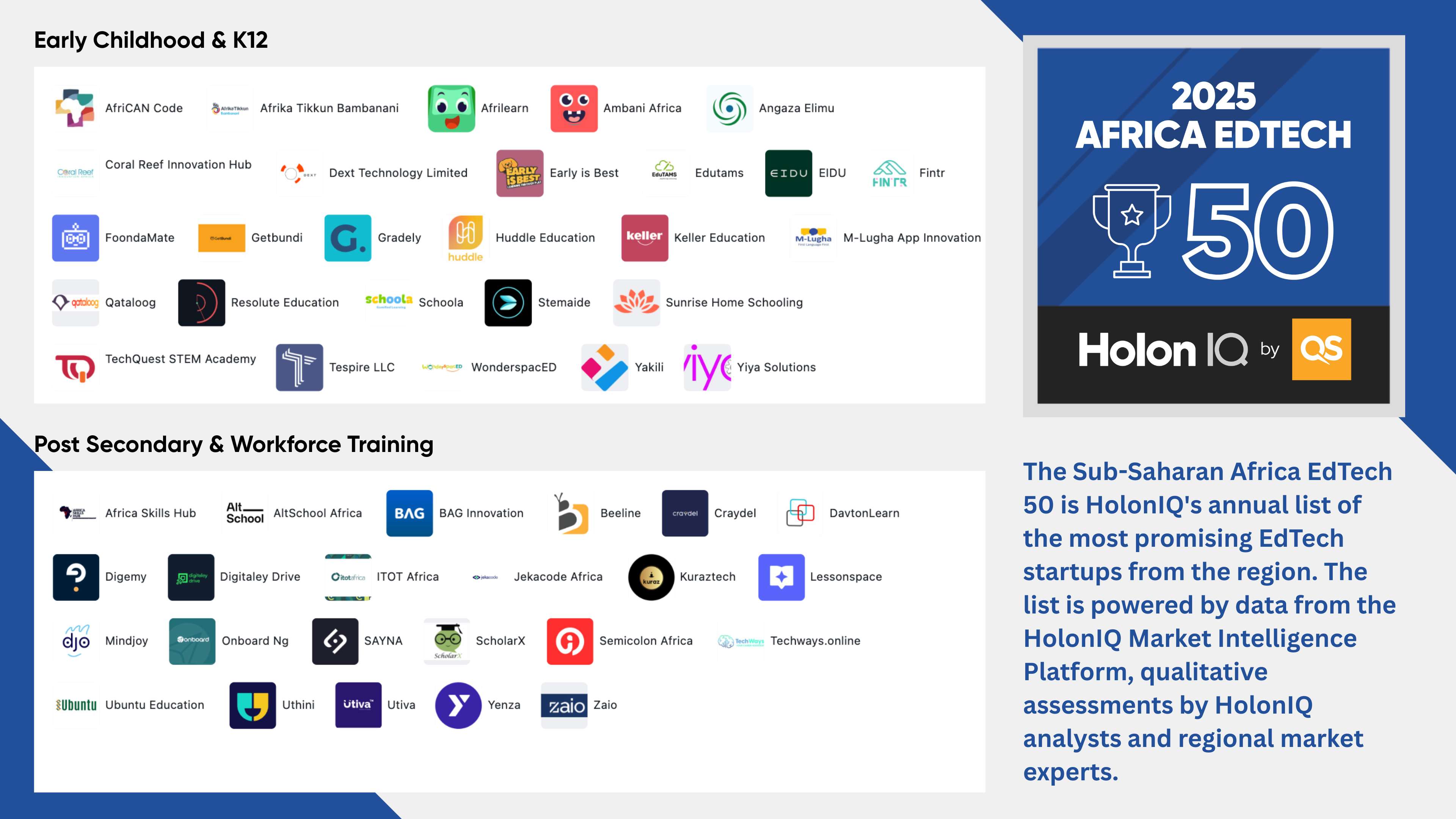The US and major European economies are in borderline recession territory for 2023 with the banking crisis and inflation unresolved. The residual impacts of pandemic-induced stimulus meets inflation, supply chain shocks and the energy crisis brought on by the Russia-Ukraine war are proving to be challenging setbacks to shake off.
HolonIQ's May 2023 Global Economic Outlook outlines our latest expectations for the global economy and more specifically the G20, for our customers at the world's largest and leading governments, institutions, firms and investors. This month we reflect on the first four months of data for 2023 shaping expectations and look over the horizon at the mega trends shaping the bookends of our short term and long term outlook. Request a Demo for more information on how HolonIQ can help power decisions that matter at your organization.
The waiting game begins. By now, most global Central Banks have paused rate hikes, adopting a wait-and-see approach in April, with the pause in several of the G20 countries likely to be extended into May as well. Among the Central Banks that have continued to hike rates are countries that are seeing supply side inflation surge due to country specific factors. This includes Argentina which is seeing inflation rise due to a severe drought in the country and South Africa, where an energy crisis has caused extended power outages across the country, pushed inflation up following a temporary dip.
Almost all other G20 countries, however, have now already seen headline inflation peak and continue to recede. The primary driver of the decline in inflation has been base effects of high energy prices, which flared up a year ago at the onset of the Russia-Ukraine conflict, which is in turn pushing down current Year-on-Year measures of inflation. Core inflation continues to be a problem for several countries including in the Euro area where a persistently high core inflation measure is increasing expectations for further ECB policy rate hikes. However, with China having released first quarter GDP numbers, and optimism growing about a strong Chinese economic recovery, the risk of a renewed increase in energy prices triggering a rise in inflation has increased. This has been further exacerbated by the surprise output cuts implemented by OPEC+ which drove up oil prices above US$85 a barrel in the first two weeks of April. Since then however, prices have plunged back to below US$80 a barrel after renewed fears of a US recession took hold. While the outlook for oil prices remains uncertain, what's clearer is that similar volatility in oil prices and the uncertainty of the inflation and economic outlook is likely to be at heightened levels in coming months.

First quarter GDP growth data confirms the gloomy outlook for 2023. The first quarter GDP growth figures for this year have been released, providing an initial glimpse of what the full-year growth rate may look like for different countries. China's better-than-anticipated growth figures aside, data coming out of other countries have sent mixed signals, with weaker-than-anticipated growth in the US and the UK fanning recession fears while better than expected numbers in Germany have eased worries of a technical recession, although the outlook for the entire year has not significantly improved. Singapore’s 1Q 2023numbers, which were also disappointing, came with a gloomy outlook on the global economy by the Central Bank. Leading economic indicators in Europe indicate improved activity in the services sector while the outlook for the manufacturing sector is showing signs of faltering. Incoming economic data including US employment and inflation data will be key data points to watch to gauge market sentiment and Central Bank action going forward.
Banking crisis worries are resurfacing. Restricted lending activity will be a key risk of banking sector fallout. With renewed fears of the financial stability of First Republic Bank in the US, the relative calm that was restored in late March and early April looks to be at risk of being disturbed. Fears about rising financial risks have already unsettled stock markets in the US and Europe. Utilization of emergency liquidity funds by US banks are at a relatively high level compared to pre-crisis levels, indicating that banks are continuing to face some pressure, although borrowings from the emergency facilities have reduced in the last few weeks. If the concerns regarding the bank materialize, it is very likely to lead to a bleaker outlook for the US and other advanced economies as banks become more conservative in their lending practices, hampering economic activity, even if contagion risks do not transpire.









.png)







